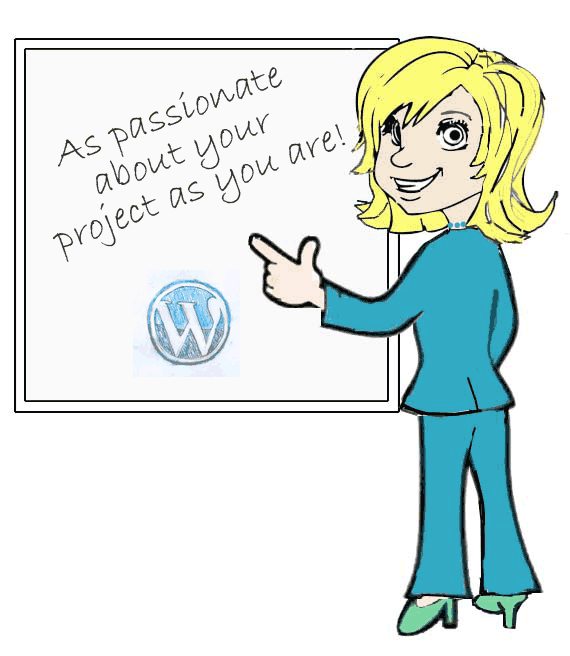 WordPress is my go to content management system for building websites. It has a massive marketplace of developers and designers for both plugins and themes. As I custom build a lot of my own plugins and themes I also appreciate the vast amount of documentation available.
WordPress is my go to content management system for building websites. It has a massive marketplace of developers and designers for both plugins and themes. As I custom build a lot of my own plugins and themes I also appreciate the vast amount of documentation available.
That said, for the average non techie, it can be a little daunting. Its ease of installation can be deceptive. So much power and flexibility can lead to an unwieldy website that loads slowly or does not work as expected. However, the mistakes made in installing WordPress are actually quite easy to avoid.
Here are my top 5 mistakes when installing WordPress for the first time.
1. Not making a plan
This is key. Work out what you want your website to do and find the right plugins and themes to fit that plan. Adding functionality later is possible, but installing and uninstalling plugins constantly will make your website more unstable. Get most of what you want right at the start and your website will be more stable and work more effectively as a cohesive design.
2. Not researching themes and plugins carefully
There is a big marketplace out there. You need to choose good materials to build a secure and stable website. Look at how many people have downloaded the plugins or theme you want to use.
- Check how they handle support.
- Do they do regular security updates?
- When was the last update?
- Is it compatible with the latest version of WordPress
You want to be sure that you are not introducing poorly developed code into your website.
3. Experimenting with lots of themes and plugins on a live website
Experiment with a test site first. Once you are happy with the plugins and themes start with a fresh install for your real website. A fresh install, with just the necessary components, will run cleanly and be less likely to have bugs and problems.
4. Choosing a cheap web host
Cheap shared web hosting can seriously slow down your website. Don’t go for the cheapest option. Ask around in your business network to see if other businesses have recommendations. Read the reviews and find a host with a good reputation for both stability and support. Check what country your web server will be in as this can affect your local business ranking on Google and the speed of support if they are in a different time zones.
5. Not planning how to handle updates for WordPress
The continued stability of your website relies on regular security updates. That said think carefully before each update.
- Update when you have time if anything goes wrong
- Check your plugins support the latest release
- Always create a backup first
Taking all this into consideration will make any installation a smooth and less stressful process.
Want to know more check out my FREE WordPress install instructions guide.



